Mauna Loa is 2nd largest volcano on the planet and the largest one that remains active. It’s one of five volanoes that make up the state of Hawaii.
It is under active study, with several relatively recent eruptions that have transformed the island and worried residents. It has erupted 33 times since January, 1843, most recently in 2022.
How Do You Predict Future Eruptions?
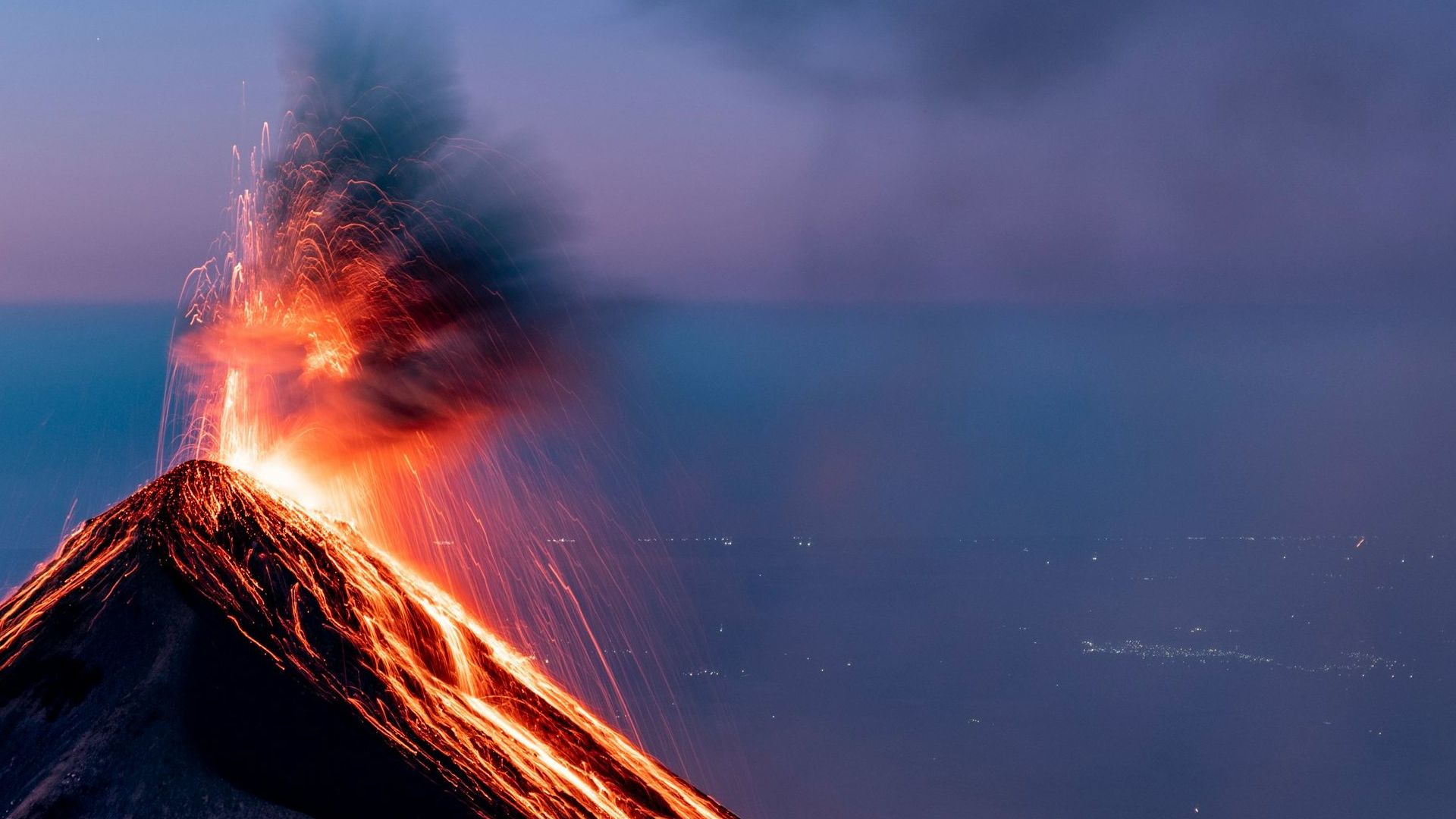
Humans have been attepmpting to predict volcanic eruptions for centuries. As a result, we now have a variety of both modern and ancient predictive techniques with various levels of accuracy.
Some older techniques include using historical data and looking at patterns of lnad deformation. Modern technology now allows ius to measure gas emissions in the air and monitor subterranean seismic activity.
Historical Eruptions of Mauna Loa
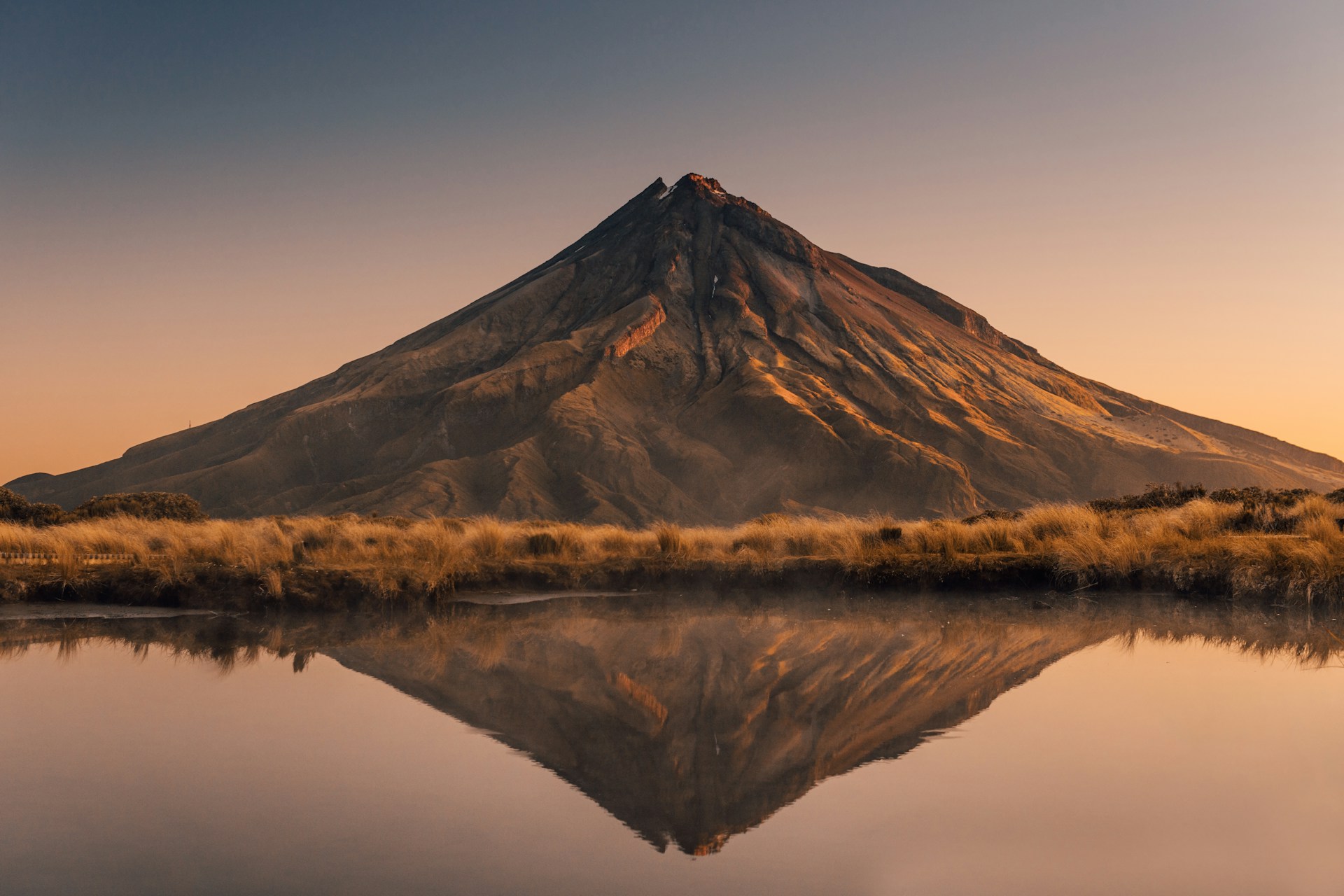
Mauna Loa has erupted several times in the last few decades and its pattern of eruption could potentially be used to predict future eruptions.
Mauna Loa’s most recent eruptions in 2022, 1984, 1975, and 1950 demonstrate a pattern of years to decades between significant volcanic activity.
Using Gas Emissions to Predict Activity
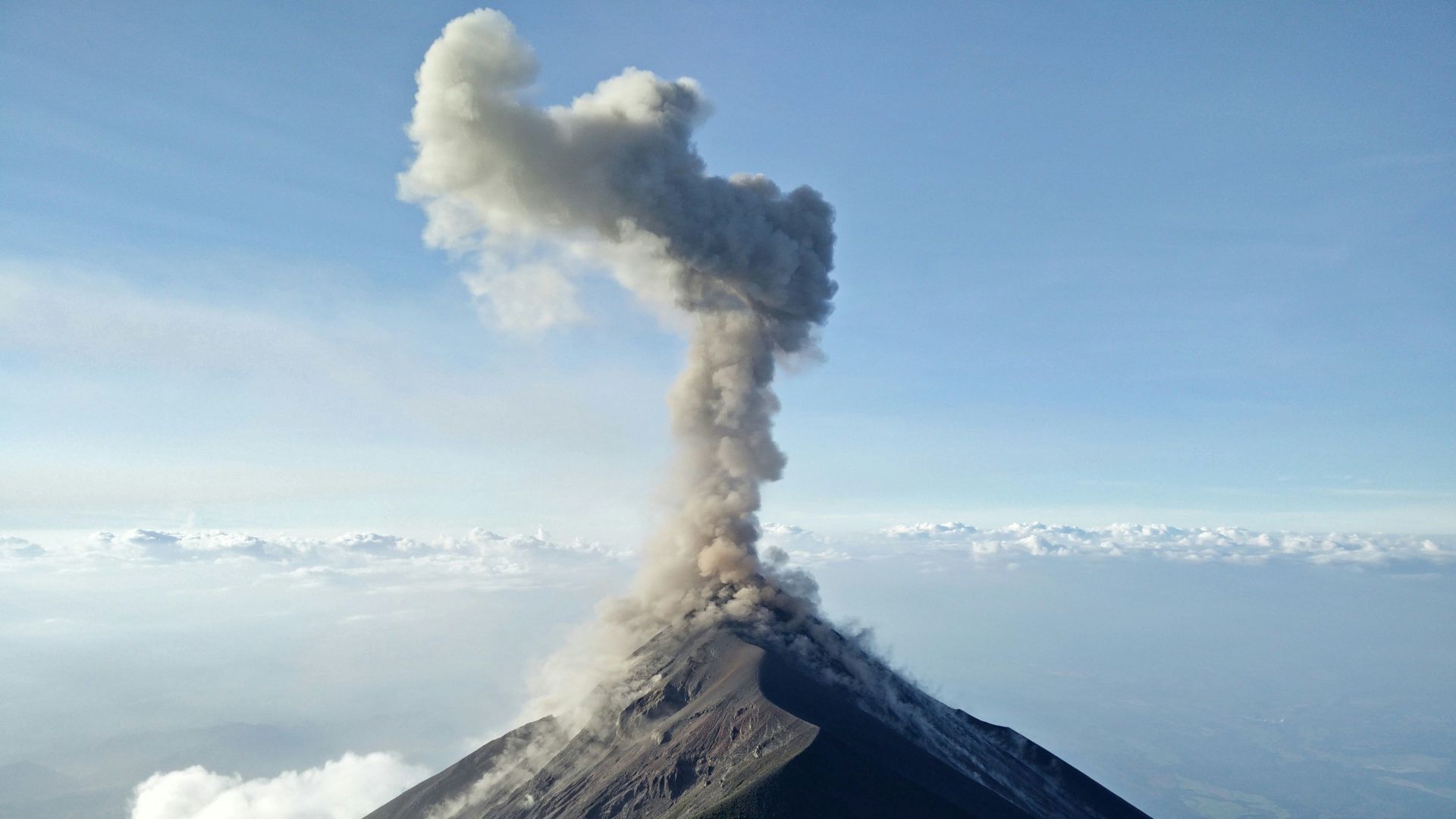
Modern monitoring equipment allows us to measure invisible gas particles emitted by volcanoes. Sulfur dioxide, carbon dioxide and even water vapour emissions hold clues to the inner underground world of a volcano.
For example, changes in the ratio of water vapour to other gases could have forewarned a 20116 eruption in Peru. The volcano “steamed up” before it erupted.
Recent Observations of Magma Movement
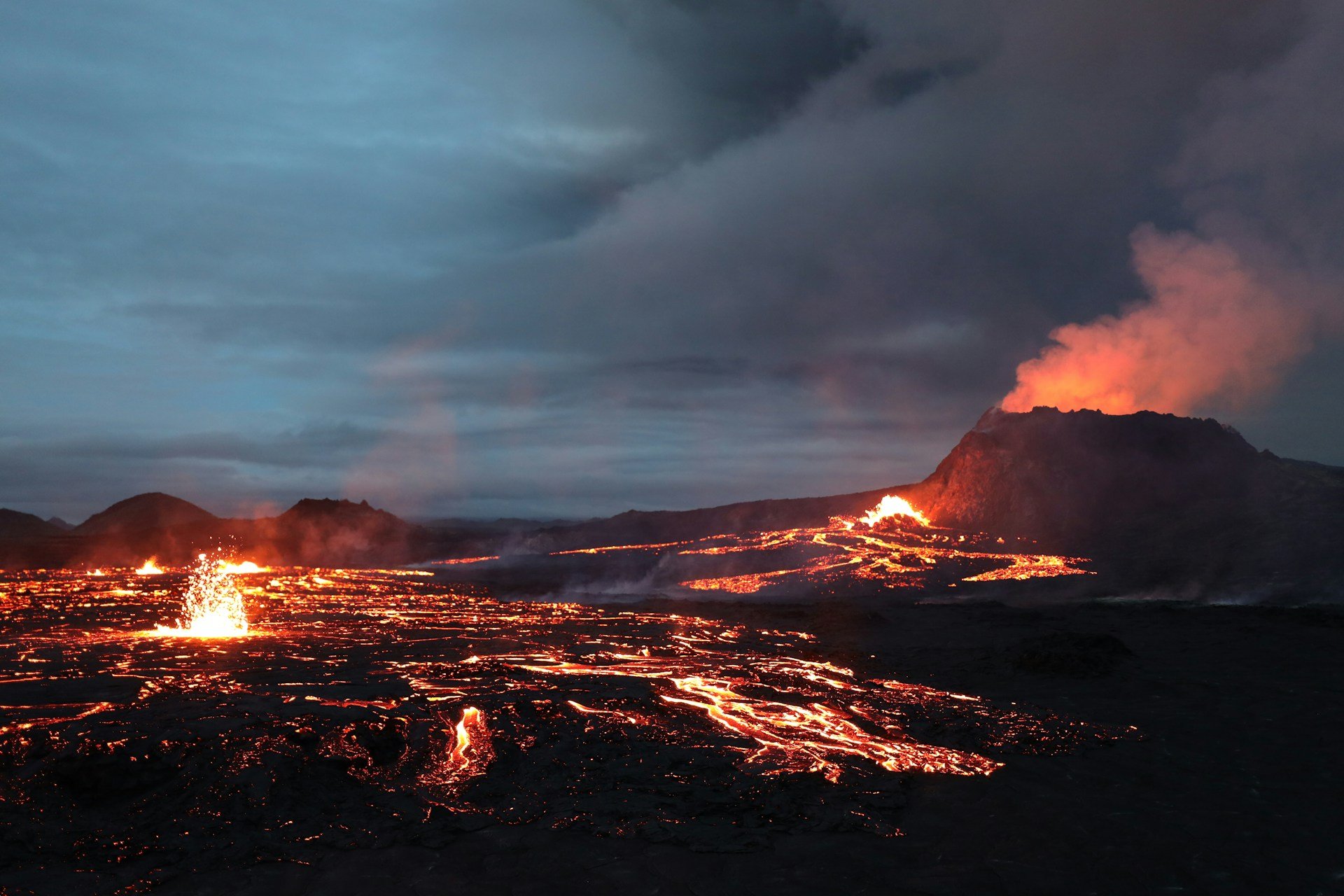
But data gathering with expensive, modern equipment will never be as visceral as what can be observed with the naked eye. Dramatic pictures of the lava flows around Mauna Loa disseminated around the world, demonstrating humanity’s ongoing fascination with the glowing, red liquid.
The rate and volume of magma flow, too, can be an indicator of activity at the heart of the volcano.
Detection of Micro-Earthquakes
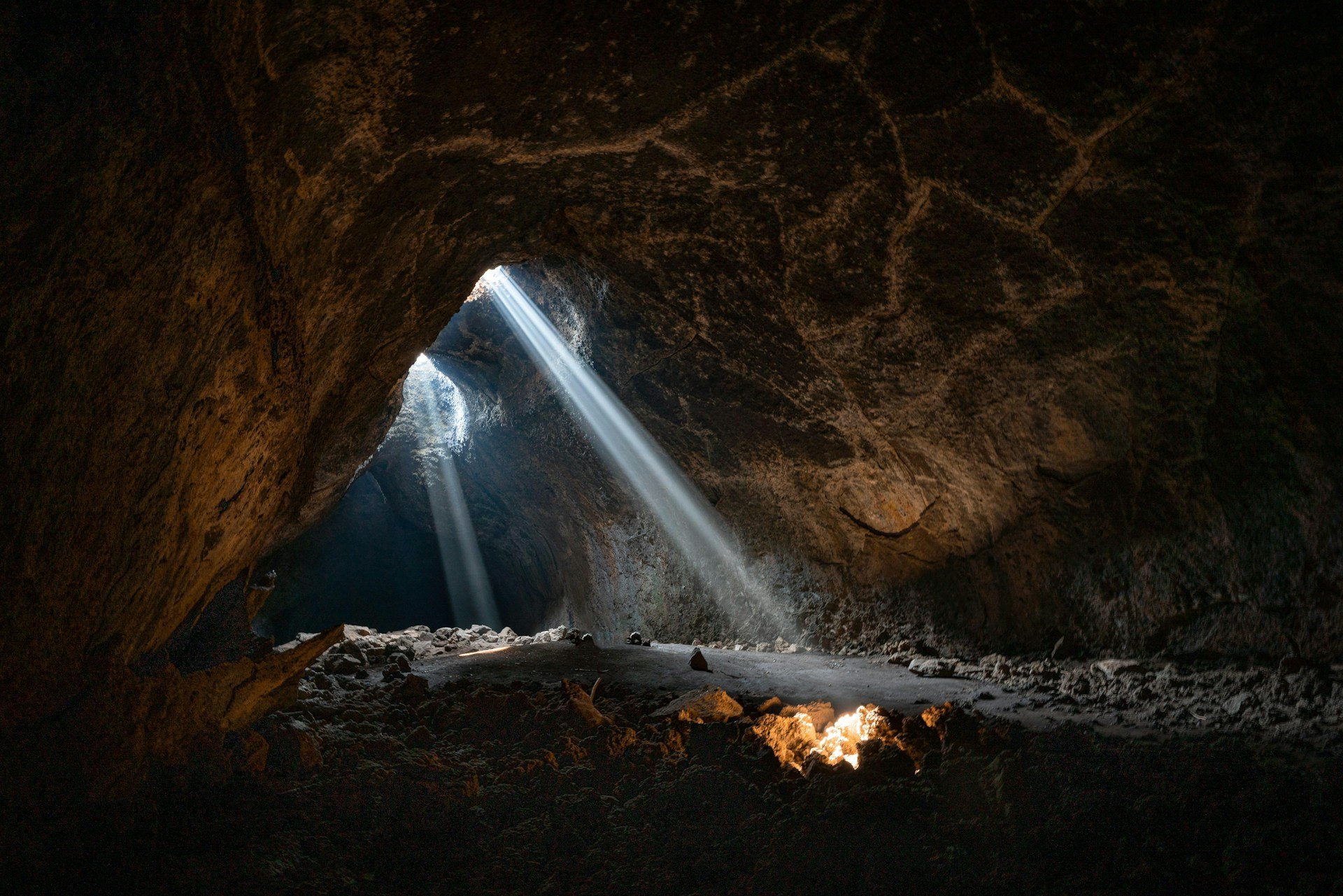
Seismic activity can also be used as a means of predicting volcanic activity. Modern instruments can detect minor changes in seismic activity to provide insights into magma and land changes below the surface that may indicate future surface activity.
Recent seismic activity at Mauna Loa has been relatively low recently. In May 2024, there were approximately 47 small-magnitude earthquakes detected.
Patterns of Ground Deformation
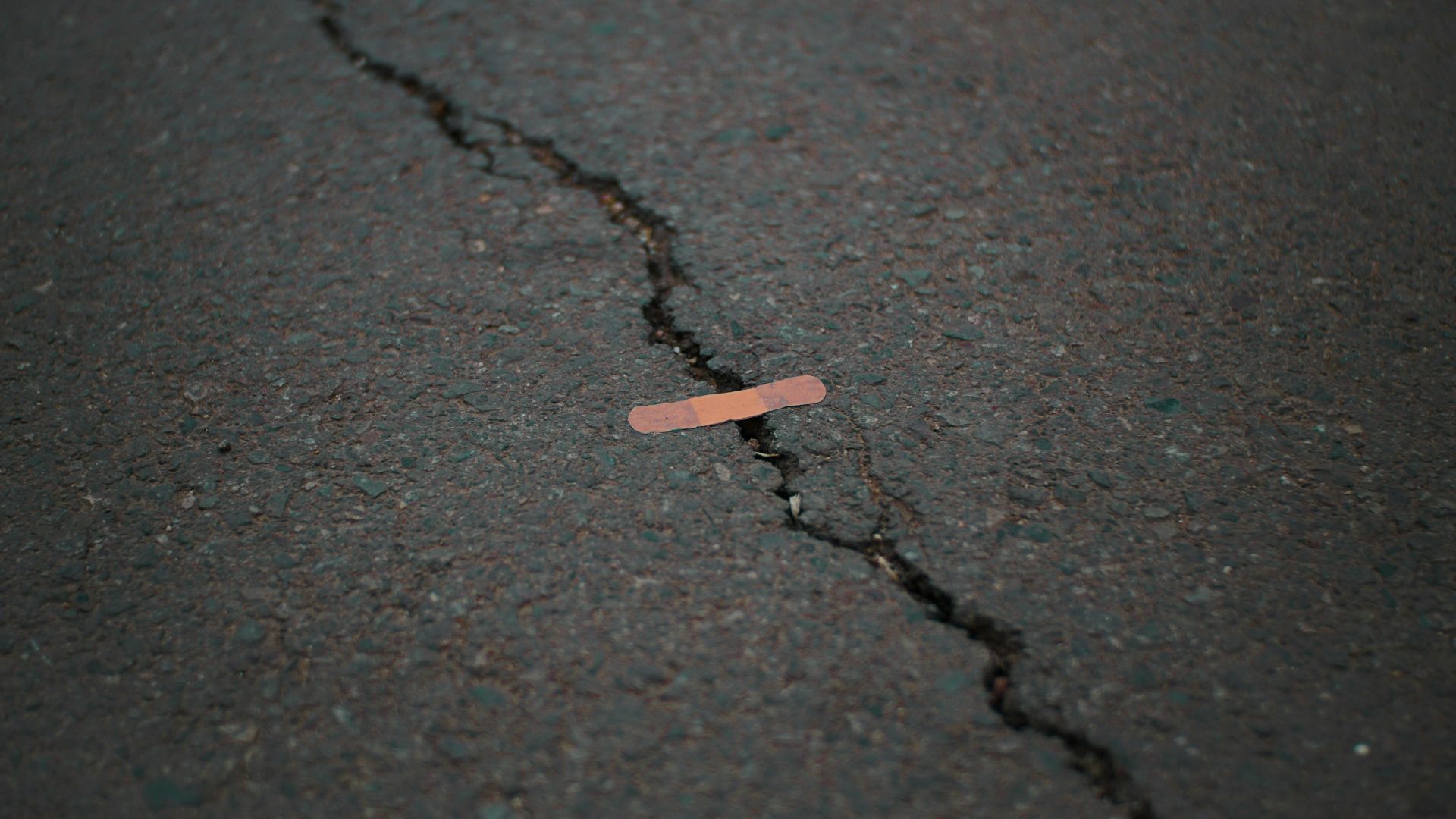
The 2022 eruption of Mauna Loa and activity since has led to a renewed focus on a technique with an older history: land deformation.
Changes in the structure of the land may tell a more complete story than that told by seismic monitoring and other techniques alone. Ground deformation rates have remained relatively high since the 2022 eruption and this may indicate ongoing magma supply to the volcano’s inner chamber.
Long-Term Monitoring Techniques

Even with the variety of tools at our disposal now, it’s still important to understand this data over a long period of time. There can be decades, even millenia between periods of volcanic activity.
The Fagradals mountain volcano in Iceland, for example, was dormant for 6000 years before it erupted in 2021.
Should Locals Be Worried?
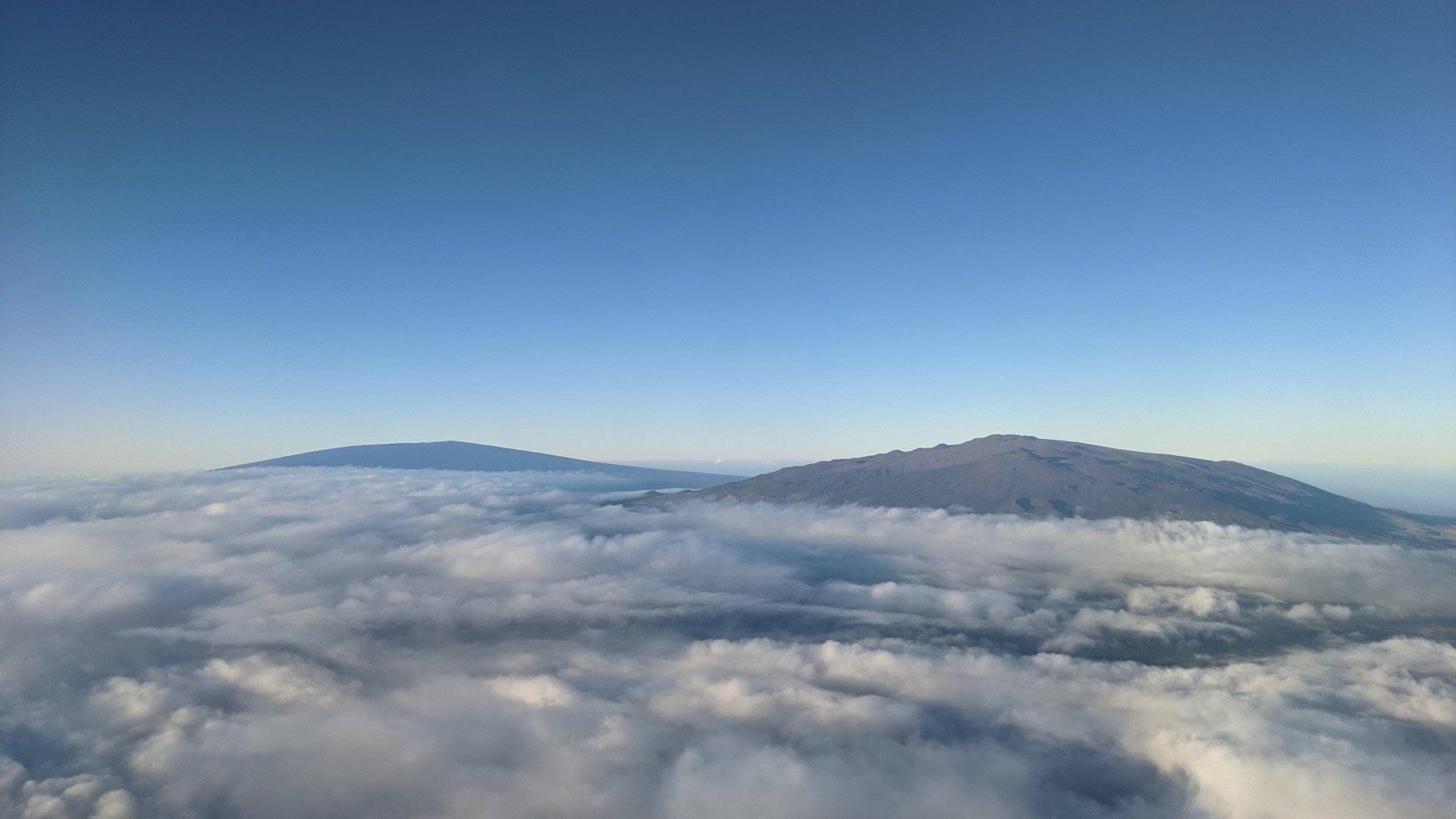
Locals’ first port of call should be volcano alert systems such as the those issued by the Hawaiian Volcano Observatory which can be found at https://www.usgs.gov/volcanoes/mauna-loa/volcano-updates. The US Geological Survey also releases a weekly Volcano Watch across various local news outlets.
As of early June 2024, Mauna Loa is at a “Normal” alert level, with no immediate signs of an impending eruption.
Current Deformation Rate May Indicate a Volcanic ‘Recharge’
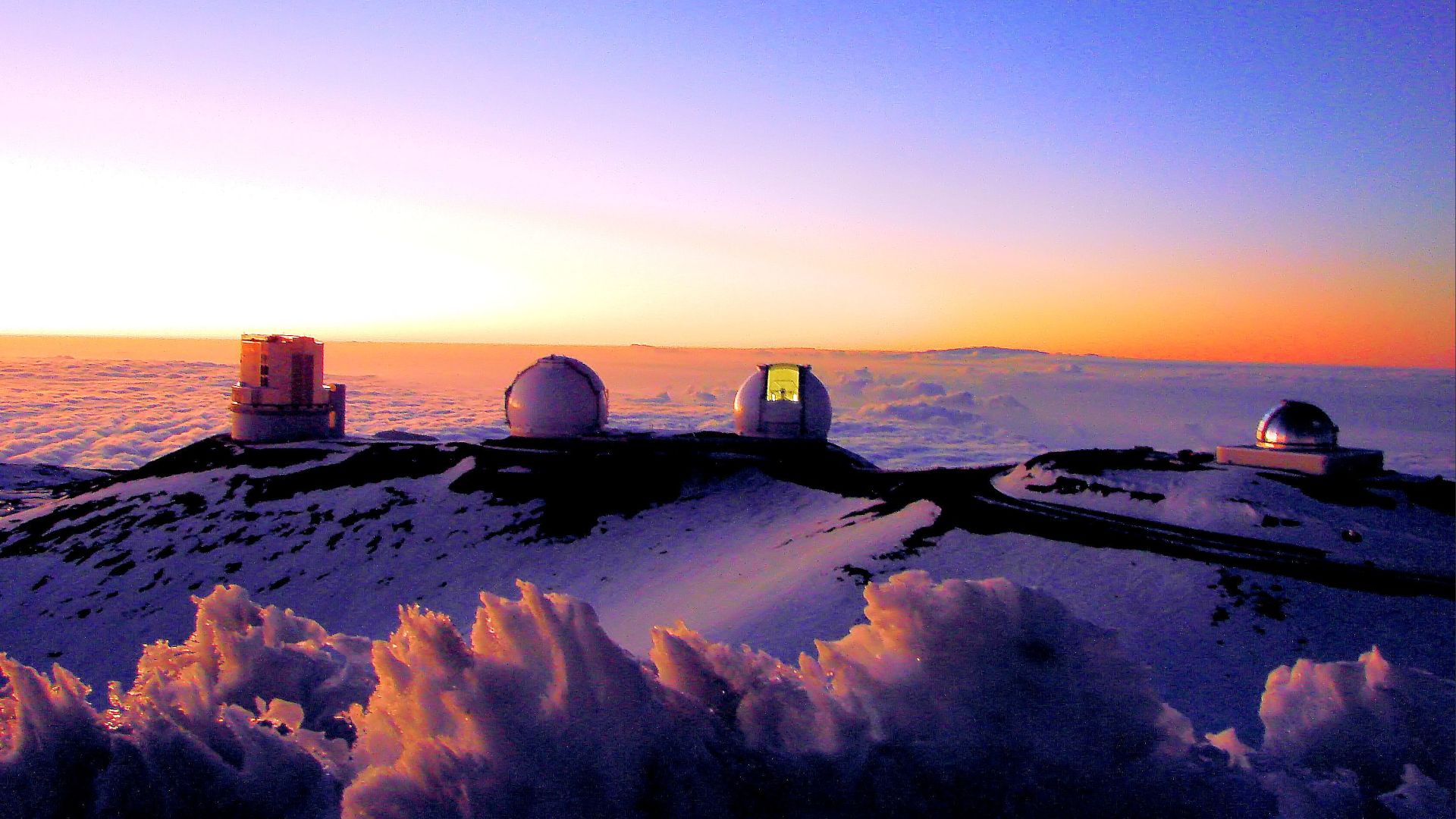
Scientists are closely looking at land deformation as an indicator of what is occurring underground. It’s become an increasingly important source of data for the monitoring of Mauna Loa.
High deformation rates post-eruption suggest that Mauna Loa remains in an active state of magma recharge. This is similar to the patterns seen before previous eruptions. Make sure to keep an eye out for any official updates!


